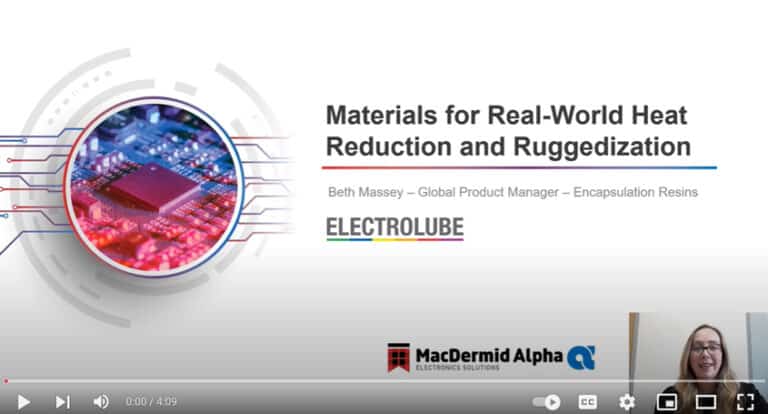Estimated Read time: 721 words 3 mins
Conformal Coatings are used across a hugely diverse selection of electronics, from everyday household appliances to automotive and even in spacecraft applications; it therefore goes without saying that selecting the correct conformal coating for the job is vital.
So…… you believe that you have selected the right coating for the job and are good to go?? – WRONG!

You now have to apply the conformal coating. This is a stage in the process that is often overlooked in the design process and this can cause delays or problems in production later down the line, due to incorrect application causing unforeseen results. It can also affect the overall performance of the coated board.
There are three main types of application, brushing, spraying, or dipping – each with its own pros and cons, which I won’t go into now, but if you are interested, lots of additional information can be found in our Conformal Coatings Info Section of the website HERE.
To make life easier, three key points that are often overlooked are summarised below:
1. Cleaning the board
A Conformal Coating acts as a barrier to the outside world, protecting the PCB from moisture and contamination; it is not, however an impermeable layer and is unlikely to provide long-term protection against pre-existing contamination. Conformal coating will trap contaminates IN if they are present on the board prior to coating.
Contamination can also lead to application issues such as poor wetting and adhesion which can further exacerbate the protective capability by leaving open areas in the coating, or facilitating the corrosion process through poor adhesion.
Ensuring the PCB is clean and free of potential contaminants such as solder flux before coating will help ensure the long term reliability of the board and the electronic components. We have a great technical article on cleaning, and we will be coming back to this topic in another blog later this year.
2. Coverage is Key
When applying the conformal coating, getting the correct thickness is a vital part of the process. Without sufficient coating, the material will not provide adequate protection. However if the coating is too thick, it can lead to entrapment of solvents under the coating in areas there the coating does not fully cure. Similarly, it can cause the coating to crack as it cures or goes through changes in temperature or vibration.
The application method chosen will have a large effect on how accurate the coverage is. Automated selective coating machines are likely to result in a higher degree of accuracy and replication of finish when compared to hand spray, or brush coated boards; selective coating is not however, always viable due to the cost and programming complexity involved.
The layout of the board will also play a part in the effectiveness of coverage, so component placement requires careful consideration.

3. Application Environment
The environment in which the conformal coating is applied will also play a part in the overall effectiveness of the coating.
– The temperature in which the coating is applied can affect the viscosity of the coating, a coating which is too thick can ‘clump’ together and create thicker areas and therefore an uneven application, where as if it is too thin it can run-off and leave areas inadequately protected.
– High humidity within the atmosphere can affect the conformal coating both before it is applied or during application resulting in a reduced pot life or irregular curing. Moisture contamination is an especially important consideration in dip coating where the tank is open to the air. It can also cause blooming in hand spray or aerosol application.
– When applying a conformal coating proper ventilation is important for the operator’s health as well as the effectiveness of the application.
While it is important to ventilate the area for the operator, excessive ventilation can cause cobwebbing or lead to other problems with the overall finish of the coating
It is also important to consider airborne contaminates that may be present both during application and the curing process so performing the applications in an area with adequate air filtration is advisable.
Conclusion
At Electrolube, as our tag line suggests, we work hard to find solutions to our customers design and engineering problems. Consideration of the above key factors at an early stage will reduce the instances of problems that can be avoided from outset.










